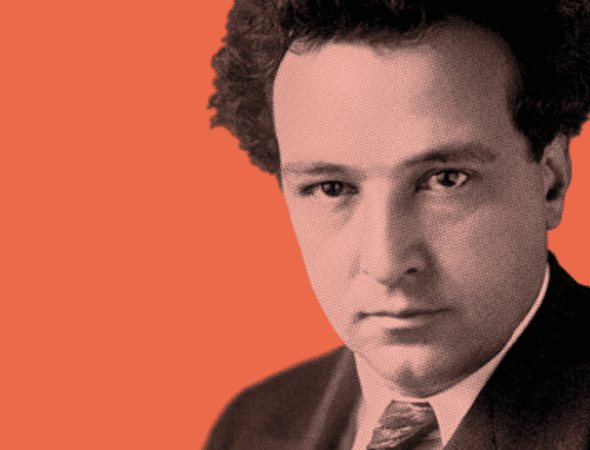HONEGGER: Symphony No. 3 “Liturgique”
by Jeff Counts
Duration: 33 minutes in three movements.
THE COMPOSER – ARTHUR HONEGGER (1892-1955) – Author and music annotation legend Michael Steinberg saw something worth investigating in Honegger’s self-reported “dual nationality”. He might have been on to something. Honegger was born in Paris to Swiss parents and though his adopted French home defined his artistic nationality, at least by reputation, he credited his Helvetic roots for many of his most deeply imbedded personal traits, including a “naïve sense of honesty”. The fact that his face adorned the 20 Franc Swiss bank note from 1996–2014 was further proof that this charter member of the Parisian Les Six, devotedly claimed by both of his “homes”, was never just one thing or the other. Honegger was a complex enigma whose music reflected his unique, multi-faceted, views on humanity and the world.

THE HISTORY – War informed many of those views. Honegger was in Paris when the Germans came in 1940 and though they attempted to encourage his participation in the cultural confirmation of their occupation, he steadfastly declined. When the war ended in 1945, Honegger set to work on a new symphony that would be “a drama, between three characters, real or symbolic: misery, happiness and man.” “These are eternal themes”, he continued in his description of Symphony No. 3’s intent, “I have attempted to bring them up to date.” Among Honegger’s many “dualities” was his Protestant DNA as a Swiss-born person and his growing embrace of France Catholicism as an adult. The three movements of Symphony No. 3 were drawn from the latter influence. Based on elements of the Liturgy, the music embodies Honegger’s three characters in order, with terror in the face of divine and violent wrath, the loss of contentment after being so cruelly abandoned by divinity and the resigned, tentative peace that comes only from active rebellion. World War II can’t be thanked for much beyond the overarching triumph of good over evil. But the artistic response to those terrible years did yield great, lasting works. Composers from Shostakovich to Messiaen to Britten (the list is much too long to fully present here) created urgent cautionary testaments to their separate realities and left us a canon of remembrance that is as meaningful today as it was then. Honegger’s masterful contribution to this effort with the “Liturgique” Symphony has perhaps not won him the same recognition as others, but he has never truly been in their league anyhow. Popularity is not the same thing as importance, however, and Honegger’s place in history was best affirmed by Jean Cocteau at the composer’s funeral. “Arthur,” Cocteau told the gathered many, “you managed to gain the respect of a disrespectful era.” He deserves so much more in ours.
THE WORLD – Elsewhere in 1946, It’s a Wonderful Life premiered in America, the Philippines gained independence, Mensa was founded in England, and Juan Perón was elected in Argentina.
THE CONNECTION – Honegger’s Symphony No. 3 has not been performed by the Utah Symphony since 1985. George Cleve conducted.











